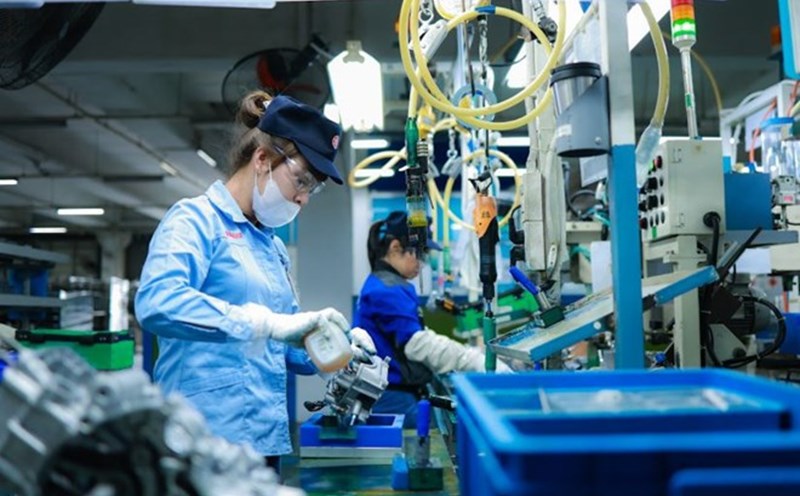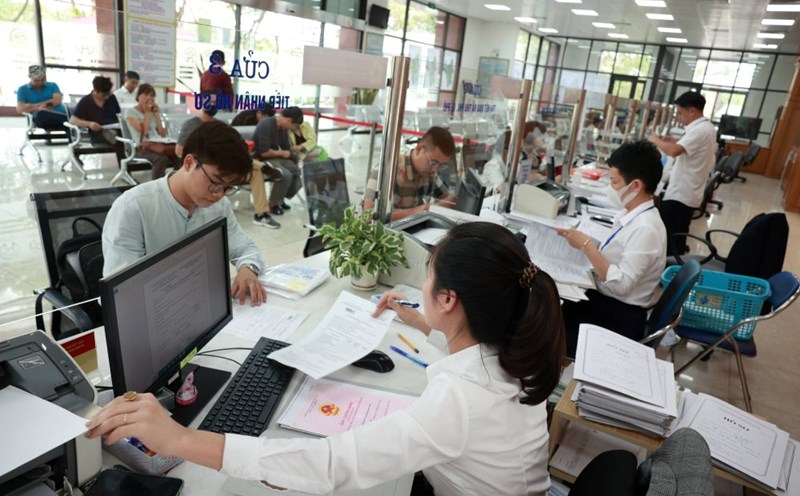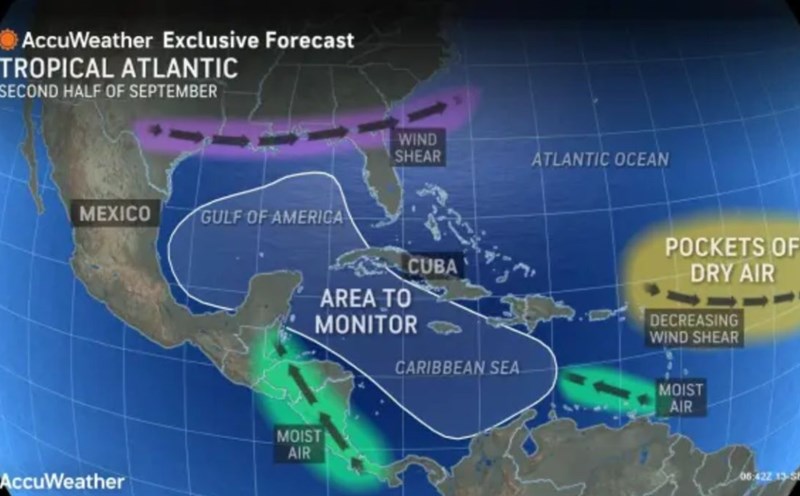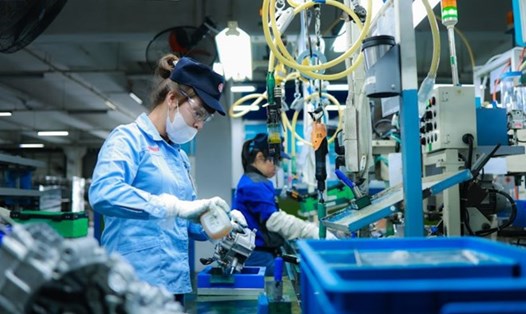Associate Professor, Dr. Phan Huu Nghi - Deputy Director of the Institute of Banking and Finance, National Economics University, the highest tax rate should be adjusted to 25% to better suit income practices and ensure fairness - efficiency in tax regulation. The progressive tax system needs to comply with the principle of a certain extension coefficient, while creating motivation to work for high-income people.
According to Associate Professor, Dr. Phan Huu Nghi, the progressive tax table has inherently ensured vertical fairness, but if not designed properly, it will lose motivation for labor, especially in the context of a rapid increase in average income.
"Income increases by 30%, but if the range is not extended and the tax rate is adjusted accordingly, workers will suffer the loss. In the long term, this affects the mentality of dedication and transparency in tax declaration, he said.
From a policy perspective, he believes that tax declaration is not only for budget collection but also a tool to guide behavior. Therefore, the design of tax plans needs to harmonize the requirements of fairness, transparency and encourage economic development.
In the comments section for the draft Law on Personal Income Tax (amended) recently announced by the Ministry of Finance, there were also many opinions suggesting removing the 35% tax rate and lowering the ceiling to 25%.
Accordingly, the National Assembly Delegation of Nghe An province agreed with option 2 in the draft, stipulating 5 tax levels, but proposed to lower the highest rate to 25% to encourage and motivate taxpayers.
Meanwhile, the Tax Consulting and Tax Agency Association of Ho Chi Minh City also supports the removal of the tax rate of 35%, only keeping a maximum of 30%. The reason is that high tax rates will reduce the competitiveness of the working environment, affecting the attraction of foreign talents and experts. These opinions also propose to widen the gap at level 1 and level 2, an increase of 10 - 15 million VND compared to the draft.
Similarly, the Vietnam Automobile Manufacturers Association recommends keeping only 4 tax levels: 5%, 10%, 20% and 30%, instead of maintaining the 35% as in the draft.
Deloitte Vietnam Tax Consulting Co., Ltd. stated that Vietnam's current progressive tax rate table is among the highest in Southeast Asia. The maximum tax rate of 35% is currently equal to Thailand and the Philippines, while Singapore only applies the highest rate of 24%, Malaysia and Myanmar are 30%. Deloitte proposed that the Ministry of Finance not only adjust the tax table, but also increase the taxable income threshold at all levels, especially at the highest level, to suit the economic development speed, while creating conditions to attract high-quality human resources.
Joint Stock Commercial Bank for Foreign Trade of Vietnam (Vietcombank) suggested adjusting taxable levels to reflect inflation. Increase level 2 to 15 - 45 million VND, level 3 to 45 - 75 million VND, and adjust level 4 and level 5 to a higher level.
According to Vietcombank, the tax rate applied from 2009 to present has not been adjusted, while inflation in the period of 2009 - 2024 has reached 55%. This causes workers, even though their real income has not increased significantly, to still fall under a higher tax rate and have to pay more taxes.
The bank recommends that level 4 should increase to at least 75 million VND, level 5 should have a minimum of 120 million VND. At the same time, the threshold starting to be subject to the highest tax rate (level 5) should be at 20 - 25 times GDP per capita, or about 200 million VND/month according to the current calculation.











